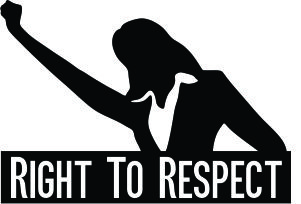What is harassment behavior and what makes it unlawful behavior?
Harassment is any unwelcome behavior that creates a hostile or abusive work environment for the victim. What are the protected statuses?
When is harassment behavior unlawful?
The Department of Labor makes a few suggestions to pay close attention to help determine if your case is “severe and pervasive.” The Department of Labor suggests you look at:
- How often the harassment or discriminatory behavior occurs in the work environment?
- How bad or severe is the harassment or discriminatory behavior?
- Again, how severe was the behavior, was it threatening and absolutely humiliating or was it a offensive uttering that was said in passing?
- Did the harassment or discriminatory behavior affect or interfere with your work performance?
- As an employee, does it affect your emotional health?
- Who was the harasser, was he or she a coworker, a manager, or a supervisor?
It can sometimes be difficult to determine if cases of harassment and discrimination are “severe and pervasive.” This is because it’s subjective and can be he-said, she-said. Using witnesses and investigation, it can be determined if the alleged harasser was really creating a hostile or abusive work environment or if they were merely engaging in light teasing in the office.
It’s important that the victims of workplace harassment and discrimination keep written details of records of occurrences and describe when, where, and what happened. If you experience a coworker or supervisor making threatening comments to you in the office, asking them to stop specifically doing that in an email and create a paper trail to take to the H.R. department if things get more severe.















[…] If the verbal abuse is directed at a person’s protected class, they may file a complaint with … […]
[…] To find out more about unlawful discriminatory behavior, click here. […]